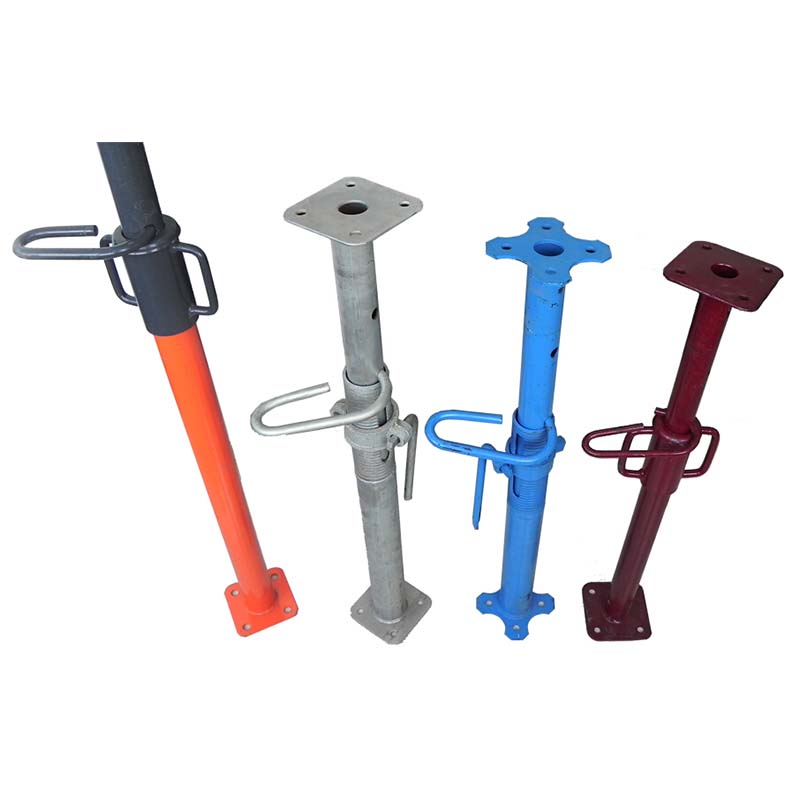Oct . 22, 2024 10:04 Back to list
Formwork Solutions for Beam Manufacturing and Construction Efficiency
Shuttering for Beam Factories Techniques, Benefits, and Innovations
Shuttering, also known as formwork, plays a vital role in the construction of concrete beams within factories. As the backbone of many structures, beams require precise shaping and support during the curing process of concrete. This article delves into the various shuttering techniques used in beam factories, the benefits they offer, and innovative advancements that are shaping the industry.
Understanding Shuttering
Shuttering refers to the temporary structure that holds freshly poured concrete in place until it hardens sufficiently. This process is crucial in achieving the desired shape and structural integrity of beams. Different shuttering techniques can influence the quality of the finished product, making it essential for beam factories to adopt the most effective methods.
Types of Shuttering for Beam Production
1. Traditional Timber Shuttering The most common and cost-effective type, timber formworks are widely used in many construction projects. It consists of wooden panels that are assembled to create the necessary beam shape. While affordable, timber shuttering can be labor-intensive and less durable than other options.
2. Steel Shuttering Steel forms offer enhanced durability and can withstand the harsh conditions of concrete pouring. They are reusable and produce smoother finishes compared to timber. Steel shuttering is particularly beneficial for large-scale projects where precision and consistency are paramount.
3. Aluminium Shuttering Lightweight and incredibly strong, aluminium forms are gaining popularity in beam factories. They are easy to handle, reducing labor costs, and can be reused multiple times, making them an eco-friendly option. Aluminium shuttering also provides excellent surface finishes, reducing the need for post-pour treatments.
4. Plastic Shuttering A newer entrant in the market, plastic shuttering offers flexibility and lightweight handling. While generally more expensive, their resistance to moisture and decay can lead to long-term cost savings. They are particularly useful in complex beam designs requiring intricate shapes.
Benefits of Proper Shuttering Techniques
Implementing effective shuttering techniques in beam factories brings numerous advantages
shuttering for beam factories

1. Quality Control Accurate and well-constructed shuttering contributes to the structural integrity of beams. It ensures that the dimensions and alignment stay true, ultimately leading to fewer defects and rework.
2. Time Efficiency Modern shuttering systems, especially reusable options like steel and aluminium, can be installed and dismantled quickly, reducing the overall construction timeline. This efficiency can lead to substantial cost savings in large-scale projects.
3. Safety Improvements Using high-quality shuttering materials can enhance the safety of construction sites. Sturdy forms reduce the risk of collapse during the pouring process, protecting workers and minimizing disruptions.
4. Enhanced Aesthetics Smooth and well-shaped concrete beams not only support the structural framework but also contribute to the overall aesthetic of the final construction. Proper formwork minimizes imperfections, making the surfaces easier to paint or finish.
Innovations in Shuttering Technology
The construction industry continually evolves, with innovations emerging in shuttering technology. One such advancement is the introduction of prefabricated shuttering systems, which are manufactured off-site and assembled on-site, significantly reducing installation time.
Moreover, advances in 3D printing technology are set to revolutionize the way shuttering is approached. Customizable 3D-printed forms can be created to meet unique project demands, allowing for greater design flexibility and reducing material waste.
Additionally, smart technologies integrated into shuttering systems are enhancing monitoring capabilities. Sensor technology can track the curing process of concrete, ensuring optimal conditions and informing workers of potential issues in real time.
Conclusion
Shuttering is an essential component of beam production in factories, influencing both the quality and efficiency of construction projects. As advancements drive the industry forward, the integration of innovative materials and smart technologies promises a brighter, more efficient future for beam factories. By continually adopting and improving shuttering techniques, the construction sector can ensure robust, aesthetically pleasing, and durable structures for generations to come.
-
High-Quality U Head Jack Scaffolding – Reliable Scaffolding Jack Head Manufacturer & Factory
NewsJul.08,2025
-
High-Quality I Beam H20 Leading Timber Beam H20 Material Factory, Exporters & Manufacturers
NewsJul.08,2025
-
High-Quality Powder Coating Steel Formwork - Durable & Corrosion Resistant Solutions
NewsJul.07,2025
-
Inclined Column Formwork Supplier – Durable & Precise Solutions for Unique Structures
NewsJul.07,2025
-
High-Quality Water Stop Solutions Trusted Water Stop Company & Suppliers
NewsJul.07,2025
-
High-Quality Formwork Material Supplier Reliable Manufacturer & Factory Solutions
NewsJul.06,2025